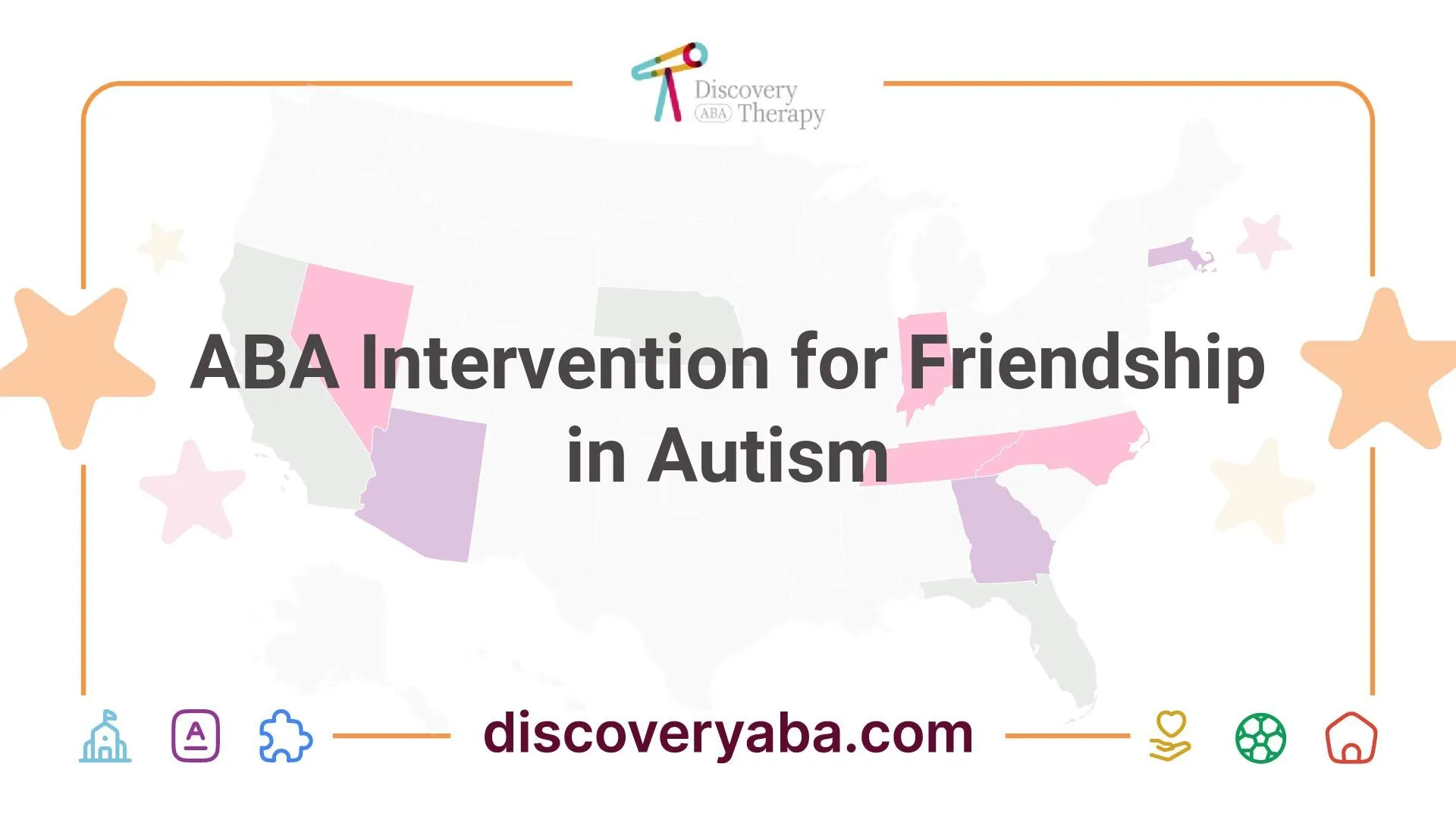Pivotal Response Treatment (prt) In Aba Therapy
Embark on a compassionate exploration of Pivotal Response Treatment (PRT) within ABA therapy. Uncover the human-centered approach to behavior intervention, emphasizing pivotal areas that spark positive changes.

Understanding Pivotal Response Treatment (PRT)
Pivotal Response Treatment (PRT) is a widely recognized and evidence-based intervention approach used in Applied Behavior Analysis (ABA) therapy for individuals with autism. PRT focuses on targeting pivotal areas of development that have a broad impact on a person's overall skills and abilities.
What is Pivotal Response Treatment (PRT)?
Pivotal Response Treatment (PRT) is a naturalistic and child-centered behavioral treatment approach that aims to improve communication, socialization, and independent functioning in individuals with autism. PRT is based on the principles of ABA and emphasizes the use of child-initiated activities and teaching strategies that promote motivation and active engagement.
PRT is designed to be flexible and individualized, taking into account the unique needs and strengths of each individual. It focuses on targeting pivotal areas of development, which are fundamental skills that have a significant impact on various aspects of a person's functioning. By addressing these pivotal areas, PRT aims to create positive and widespread improvements in multiple areas of a person's development.
%2520In%2520Aba%2520Therapy-80.webp)
The Principles of PRT
Pivotal Response Treatment (PRT) is guided by several key principles that form the foundation of this intervention approach. These principles include:
- Child Choice: PRT emphasizes the importance of following the child's interests and preferences during therapy sessions. By incorporating activities that the child enjoys, motivation and active participation are maximized, leading to more effective learning.
- Natural Reinforcement: PRT utilizes natural reinforcers, such as praise, access to preferred activities, or tangible rewards that are directly related to the child's interests. This helps to increase motivation and encourages the child to engage in desired behaviors.
- Response Variation: PRT encourages therapists to use a variety of teaching techniques and prompts to promote flexibility and generalization of skills. By systematically varying prompts, the child learns to respond to different cues in different contexts, facilitating generalization of skills to real-life situations.
- Responsiveness to Multiple Cues: PRT focuses on teaching individuals to respond to multiple cues, promoting flexible and adaptive behavior. This involves teaching individuals to respond to a variety of social and environmental cues, enhancing their ability to navigate different situations effectively.
Pivotal Response Treatment (PRT) is a comprehensive intervention approach that targets pivotal areas of development to improve communication, social interaction, and independence in individuals with autism. By understanding the principles and goals of PRT, caregivers and professionals can effectively implement this evidence-based approach to support individuals on the autism spectrum.
PRT Techniques and Strategies
Pivotal Response Treatment (PRT) encompasses various techniques and strategies that are designed to promote the development of pivotal areas in individuals with autism spectrum disorder (ASD). These techniques aim to improve communication skills, enhance social interactions, and foster independence and self-management. In this section, we will explore three key techniques used in PRT: Natural Environment Teaching (NET), pivotal areas of development, and motivation and reinforcement.
Natural Environment Teaching (NET)
Natural Environment Teaching (NET) is a central component of PRT that emphasizes learning in the natural context and using the individual's interests and motivations to facilitate skill acquisition. Unlike traditional teaching methods that take place in structured settings, NET focuses on embedding teaching opportunities within the individual's everyday activities and routines.
NET allows for learning to occur in a more natural and meaningful way, helping individuals with ASD generalize their skills to various environments and situations. By capitalizing on the individual's interests, NET promotes engagement and motivation, which are important factors in facilitating learning and skill development.
Pivotal Areas of Development
Pivotal areas of development refer to a set of key skills that are considered foundational and have a significant impact on various aspects of a person's life. PRT targets these pivotal areas to promote overall development in individuals with ASD. The pivotal areas of development include motivation, responding to multiple cues, self-management, and initiating social interactions.
By focusing on these pivotal areas, PRT aims to create positive and widespread changes that can have a lasting impact on an individual's skills and abilities. It recognizes that improvements in these areas can lead to improvements in other areas of development, such as communication, social skills, and academic performance.
Motivation and Reinforcement
Motivation and reinforcement play a crucial role in PRT. PRT utilizes the individual's motivation and interests as a driving force for learning and skill acquisition. By incorporating activities and materials that are highly motivating for the individual, PRT increases engagement and active participation in the learning process.
Reinforcement is used to strengthen and maintain desired behaviors. In PRT, reinforcement is provided in the form of rewards, such as praise, tokens, or access to preferred activities or items. By providing immediate and meaningful reinforcement, PRT helps to increase the likelihood of the individual engaging in targeted behaviors and acquiring new skills.
Utilizing these techniques and strategies, PRT aims to create a positive and effective learning environment for individuals with ASD. By capitalizing on natural contexts, targeting pivotal areas of development, and incorporating motivation and reinforcement, PRT promotes meaningful and lasting changes in communication, social interactions, and independence.
Benefits and Goals of PRT
Pivotal Response Treatment (PRT) offers numerous benefits for individuals with autism spectrum disorder (ASD). By targeting pivotal areas of development and utilizing specific strategies, PRT aims to enhance various aspects of a person's life. Let's explore some of the key benefits and goals of PRT.
Improving Communication Skills
One of the primary objectives of PRT is to improve communication skills in individuals with ASD. PRT emphasizes teaching communication in a natural and functional manner, focusing on motivating the individual to initiate and respond to communication cues.
By targeting pivotal areas such as motivation, initiation, and self-regulation, PRT helps individuals develop their verbal and non-verbal communication abilities. Through consistent practice and reinforcement, individuals can enhance their expressive and receptive language skills, making meaningful connections with others.
Enhancing Social Interactions
Social interactions can be challenging for individuals with ASD, but PRT aims to enhance these skills by targeting pivotal areas of social development. PRT utilizes strategies such as natural environment teaching (NET), which encourages individuals to engage in social exchanges within their natural surroundings.
By focusing on motivation, shared attention, and social initiations, PRT helps individuals improve their social engagement, develop reciprocal conversation skills, and build relationships with peers and family members. This emphasis on social interactions contributes to the overall well-being and quality of life of individuals with ASD.
Developing Independence and Self-Management
Another essential goal of PRT is to foster independence and self-management skills in individuals with ASD. PRT focuses on pivotal areas such as motivation, self-initiation, and self-regulation, which are key to developing independent functioning.
By teaching individuals to make choices, follow routines, and complete tasks independently, PRT empowers them to take control of their daily lives. This not only enhances their independence but also contributes to their overall confidence and self-esteem. For individuals with ASD, developing independence and self-management skills can significantly improve their quality of life and long-term outcomes.
By targeting communication skills, social interactions, and independence, PRT helps individuals with ASD reach their full potential. The benefits of PRT extend beyond the therapy sessions, influencing various aspects of their lives. Research and evidence have consistently shown the positive impact of PRT on individuals with ASD.
Implementing PRT at Home
To maximize the effectiveness of Pivotal Response Treatment (PRT) for individuals with autism, it is important to implement the principles and strategies of PRT in a supportive home environment. Here are three key aspects to consider when implementing PRT at home: creating a supportive environment, setting goals and tracking progress, and collaborating with professionals.
Creating a Supportive Environment
Creating a supportive environment is crucial for the successful implementation of PRT at home. Here are some tips to foster a supportive atmosphere:
- Structured and predictable routines: Establishing consistent routines can help individuals with autism feel secure and understand what is expected of them. Predictability can contribute to a more positive learning environment.
- Minimizing distractions: Reduce environmental distractions that may interfere with learning. Create a quiet and organized space where the individual can focus on the targeted skills or goals.
- Visual supports: Visual supports, such as visual schedules, can assist individuals with autism in understanding and following daily routines. Visual cues can help them navigate tasks independently and decrease anxiety.
Setting Goals and Tracking Progress
Setting clear goals and tracking progress is essential for monitoring the effectiveness of PRT at home. Here's how you can approach goal-setting and progress tracking:
- Identify specific skills or behaviors: Determine the specific skills or behaviors you want to target for improvement. Break down larger goals into smaller, manageable steps to facilitate the learning process.
- Individualize goals: Each individual with autism is unique, so it's important to set goals that are tailored to their needs and abilities. Consider their strengths and areas for growth when setting goals.
- Track progress: Regularly monitor and document the individual's progress towards the established goals. This can help identify areas of improvement and guide future interventions or adjustments.
Collaborating with Professionals
Collaborating with professionals is key to implementing PRT effectively at home. Professionals, such as behavior analysts or therapists, can provide guidance and support in implementing PRT techniques. Here's how collaboration with professionals can benefit the implementation of PRT:
- Consultation and training: Seek professional consultation and training to gain a deeper understanding of PRT and its application. Professionals can provide valuable insights, answer questions, and guide you in implementing PRT effectively.
- Regular communication: Maintain open lines of communication with professionals involved in your child's PRT program. Share progress updates, discuss challenges, and seek guidance when needed.
- Teamwork and consistency: Collaborate with professionals to ensure consistency in implementing PRT strategies across different environments, such as home and school. This collaboration can help reinforce skills and promote generalization.
By creating a supportive environment, setting goals, and collaborating with professionals, you can effectively implement PRT at home and support the development of important skills for individuals with autism.
PRT and ABA Therapy
Pivotal Response Treatment (PRT) is a widely recognized intervention for individuals with autism. It is often utilized as a component of Applied Behavior Analysis (ABA) therapy, a comprehensive approach to supporting individuals with autism in developing essential skills and reducing challenging behaviors. In this section, we will explore the relationship between PRT and ABA therapy, highlighting how PRT complements other ABA techniques and the research supporting its effectiveness.
PRT as a Component of ABA Therapy
Pivotal Response Treatment (PRT) is a naturalistic behavioral intervention that targets pivotal areas of development in individuals with autism. PRT is based on the principles of ABA, incorporating key elements such as reinforcement, prompting, and shaping. However, what sets PRT apart is its emphasis on naturalistic teaching strategies and the use of child-initiated activities.
Within the framework of ABA therapy, PRT is often integrated as a core component. ABA therapists incorporate PRT techniques and strategies into their treatment plans to address specific goals and objectives. By focusing on pivotal areas of development, such as motivation, social communication, and behavior, PRT aims to promote meaningful and lasting improvements in individuals with autism.
How PRT Complements Other ABA Techniques
Pivotal Response Treatment (PRT) is designed to complement and enhance other ABA techniques used in therapy. While traditional ABA often involves structured and adult-led teaching methods, PRT introduces natural environment teaching (NET) strategies. NET allows individuals with autism to engage in activities that are motivating and relevant to their daily lives, promoting generalization of skills beyond the therapy setting.
PRT also emphasizes the role of motivation and reinforcement in learning. By capitalizing on the individual's interests and preferences, therapists can increase engagement and participation. PRT utilizes natural reinforcers, such as praise, tokens, or access to preferred activities, to reinforce desired behaviors and encourage skill acquisition.
By integrating PRT techniques into ABA therapy, individuals with autism can experience a more holistic and comprehensive approach to their treatment. The combination of structured teaching methods with naturalistic strategies helps to create a well-rounded intervention program tailored to the unique needs of each individual.
Research and Evidence Supporting PRT
Research on Pivotal Response Treatment (PRT) has consistently demonstrated its effectiveness in improving various aspects of development in individuals with autism. Numerous studies have highlighted the positive impact of PRT on communication skills, social interactions, and behavior.
For instance, research has shown that PRT can lead to significant gains in language development, including improvements in spoken language, non-verbal communication, and social interaction skills. Additionally, studies have found that PRT can enhance social initiations, increase peer interactions, and improve overall social responsiveness.
The evidence supporting the effectiveness of PRT extends beyond communication and social domains. PRT has also been shown to promote independence, self-management, and reduce challenging behaviors. Individuals who receive PRT as part of their ABA therapy often demonstrate increased adaptive skills and greater engagement in various activities.
The growing body of research provides valuable insights into the effectiveness of PRT as an intervention for individuals with autism.
By incorporating Pivotal Response Treatment (PRT) techniques into ABA therapy, individuals with autism can benefit from a comprehensive and evidence-based approach to skill development and behavior management. The integration of PRT within ABA therapy ensures a well-rounded intervention that addresses pivotal areas of development and promotes positive outcomes for individuals on the autism spectrum.
Summary
In wrapping up our conversation about Pivotal Response Treatment (PRT) in ABA therapy, let's celebrate the human touch that defines this approach. PRT isn't just about behavior modification; it's a heartfelt journey where pivotal moments lead to positive changes.
It's important to recognize that behind every response is a unique individual with their own strengths, challenges, and dreams. PRT encourages us to connect on a deeper level, emphasizing communication and motivation as key pillars for growth.
So, let's embrace PRT not just as a therapeutic technique but as a pathway to understanding, compassion, and unlocking the full potential of each person. In the world of ABA therapy, it's the human element that truly makes a pivotal difference.
Sources
Does Your Child Have An Autism Diagnosis?
Learn More About How ABA Therapy Can Help
Find More Articles
Contact us
North Carolina, Nevada, Utah, Virginia
New Hampshire, Maine
Arizona, Colorado, Georgia, New Mexico, Oklahoma, Texas
.avif)


















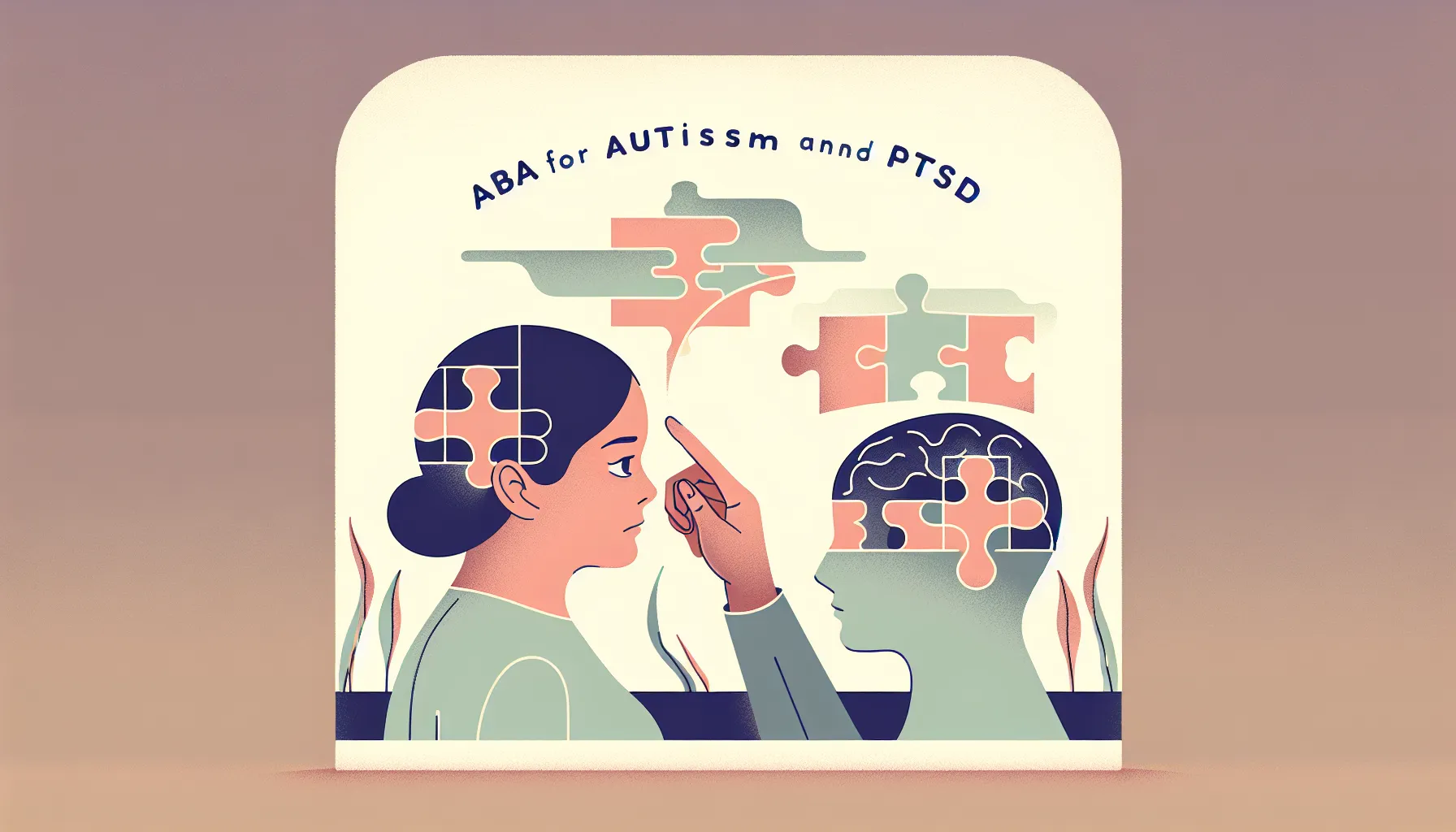











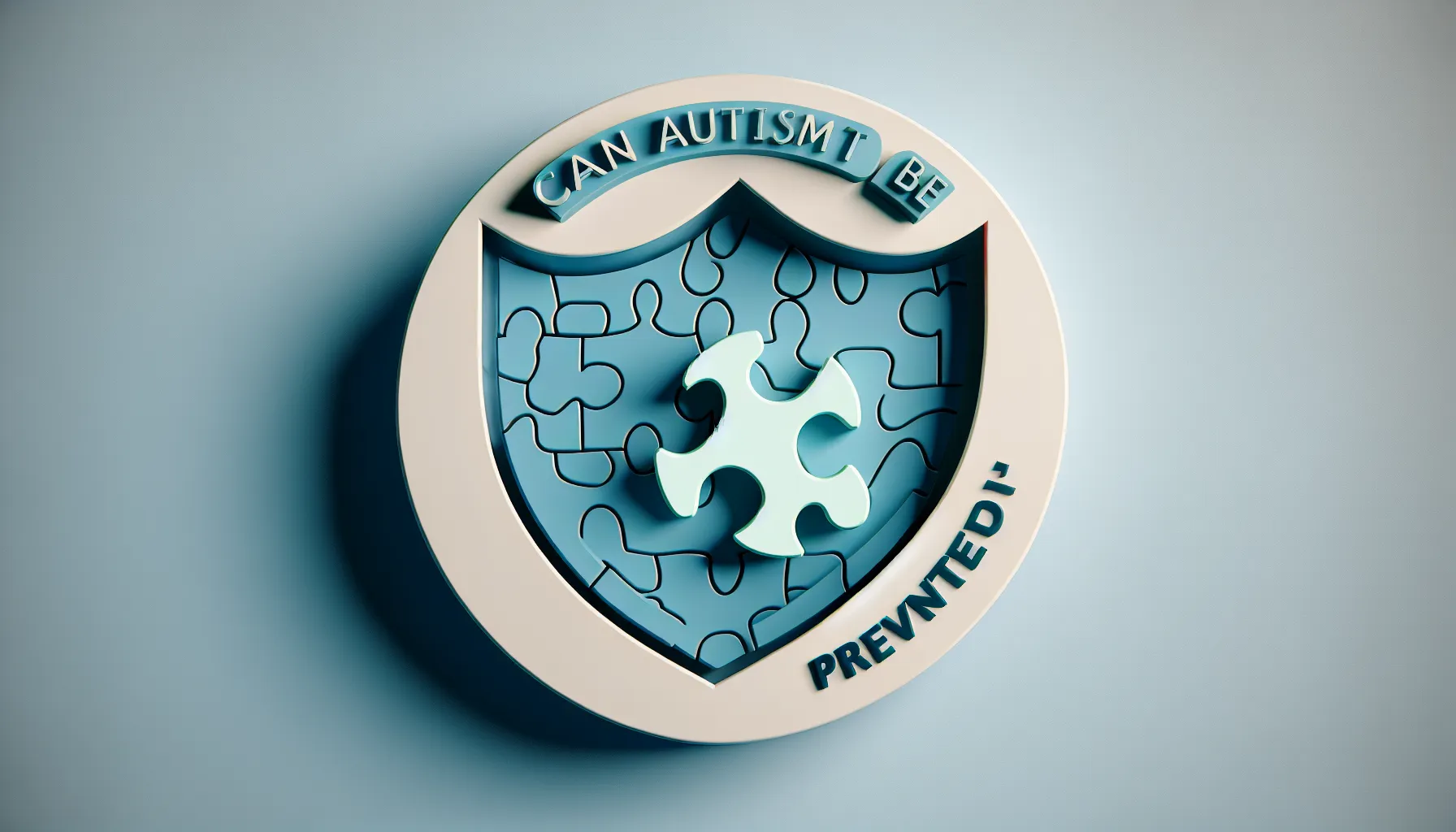
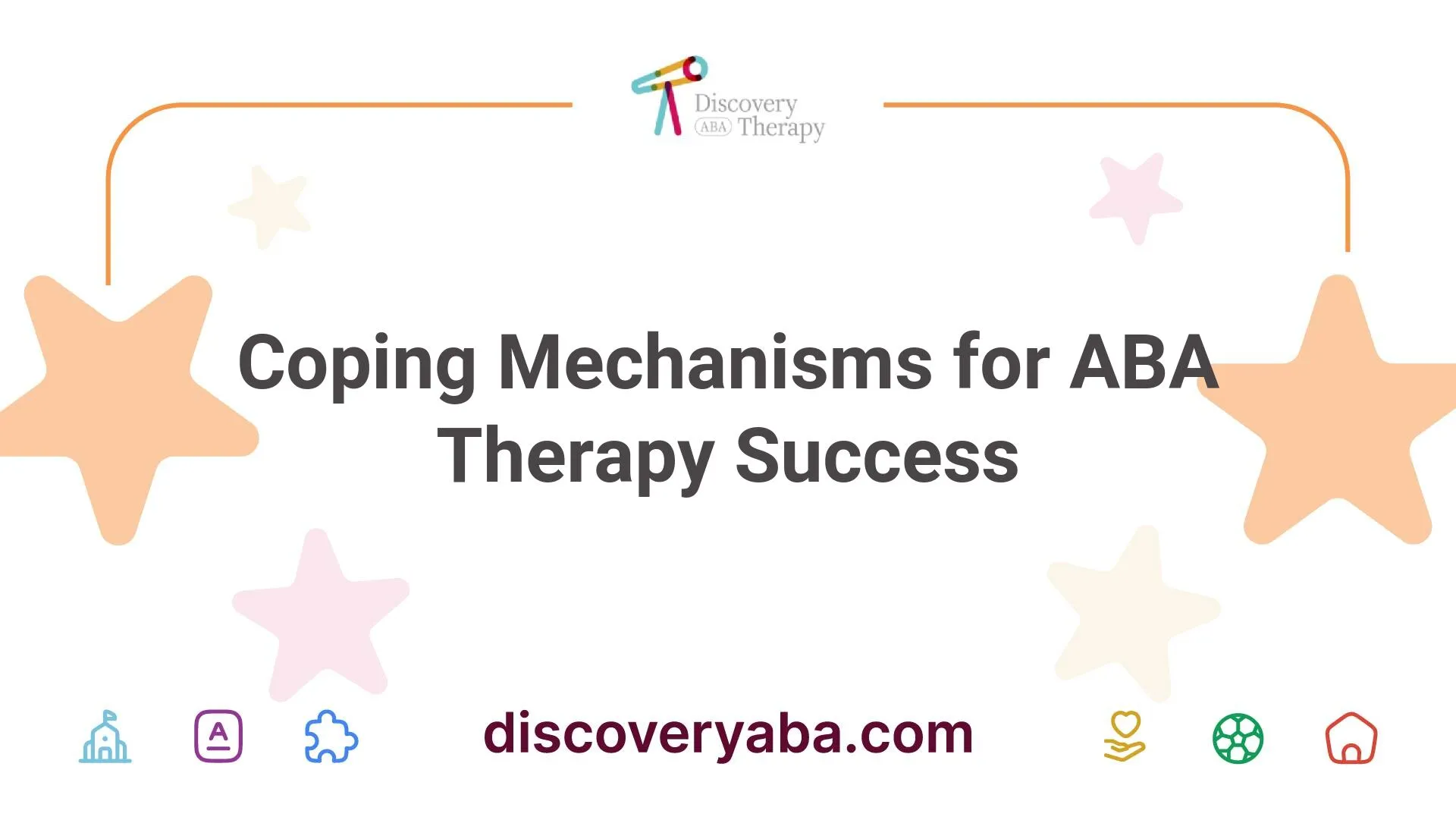





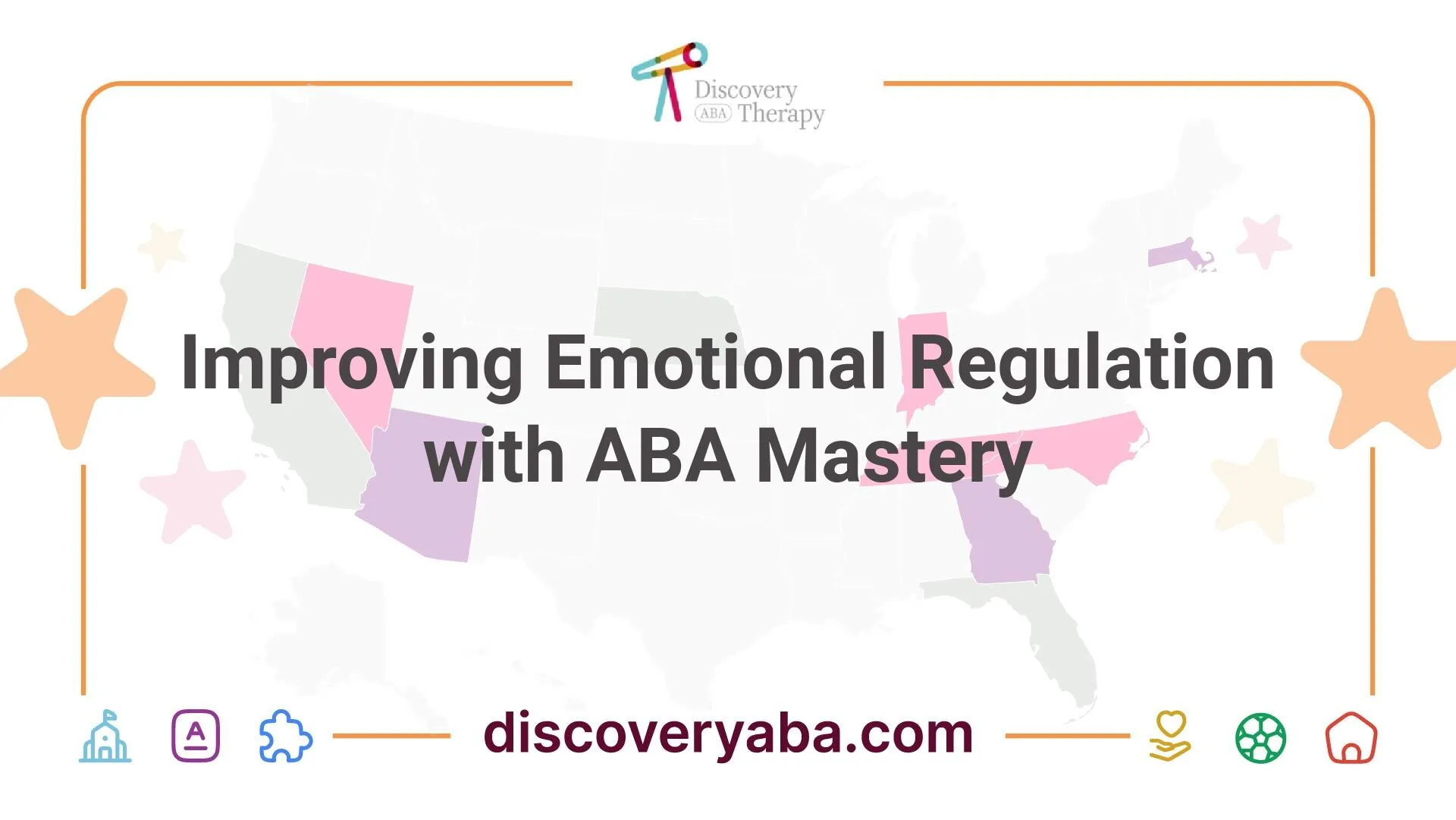





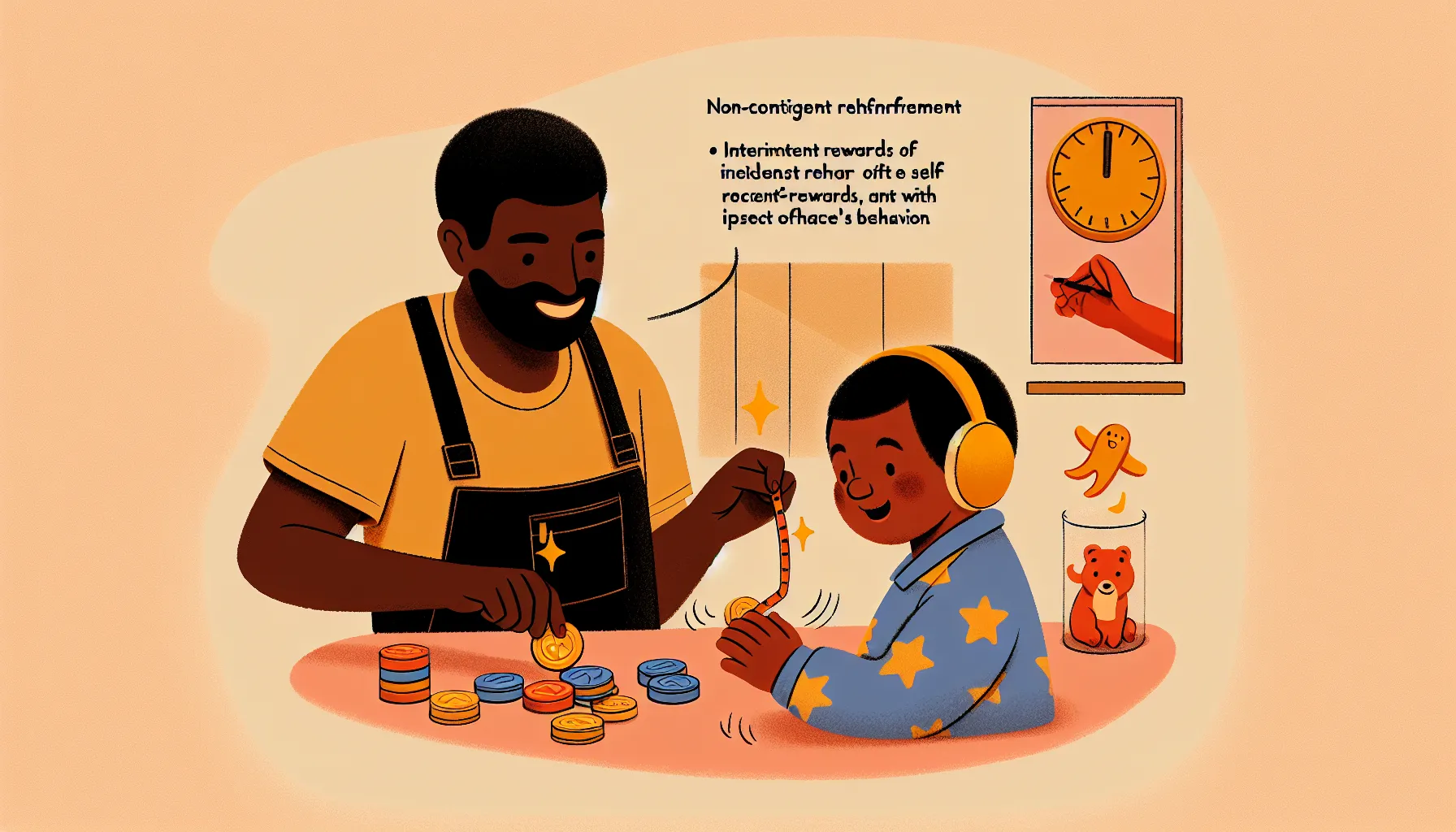

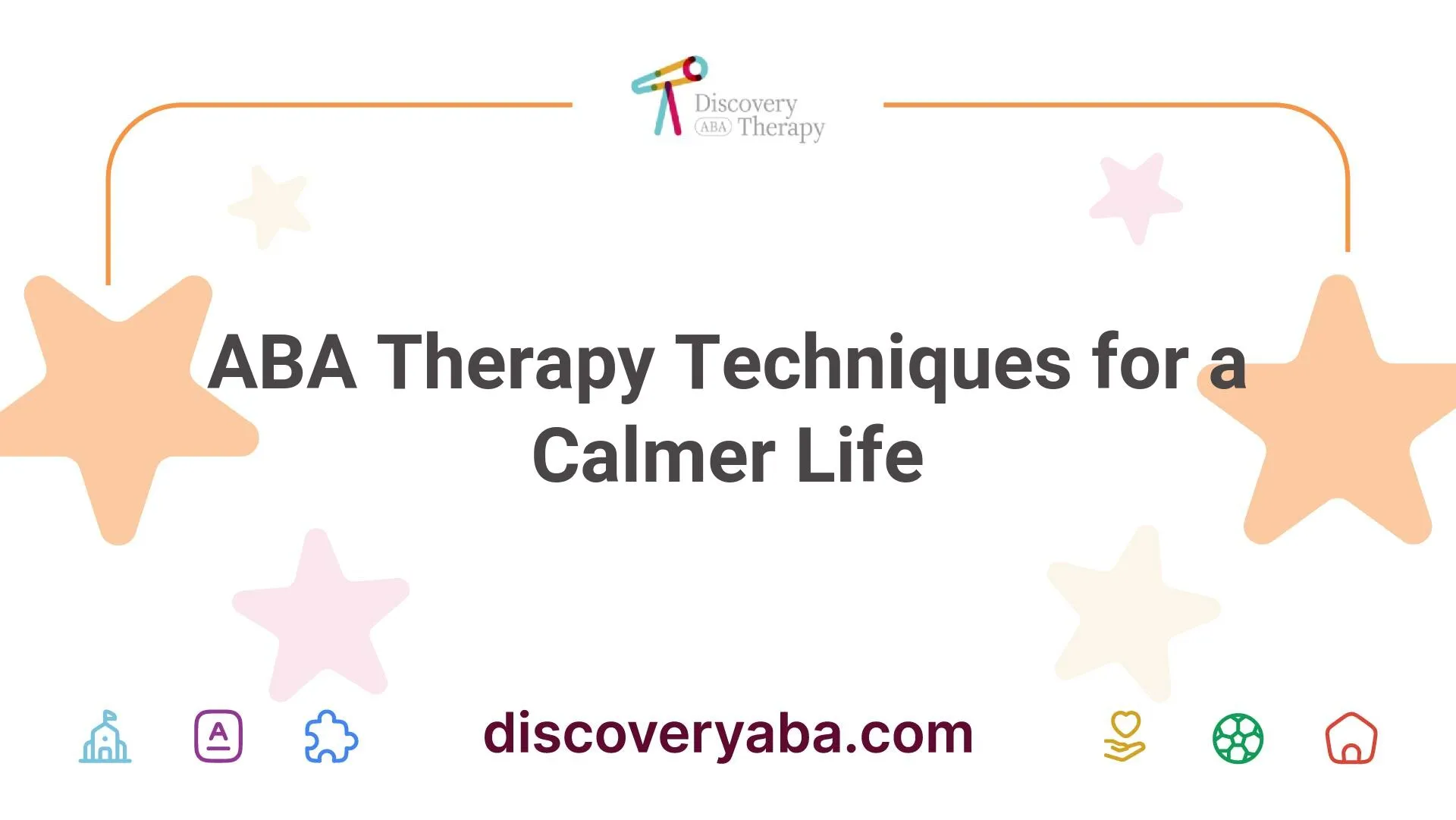



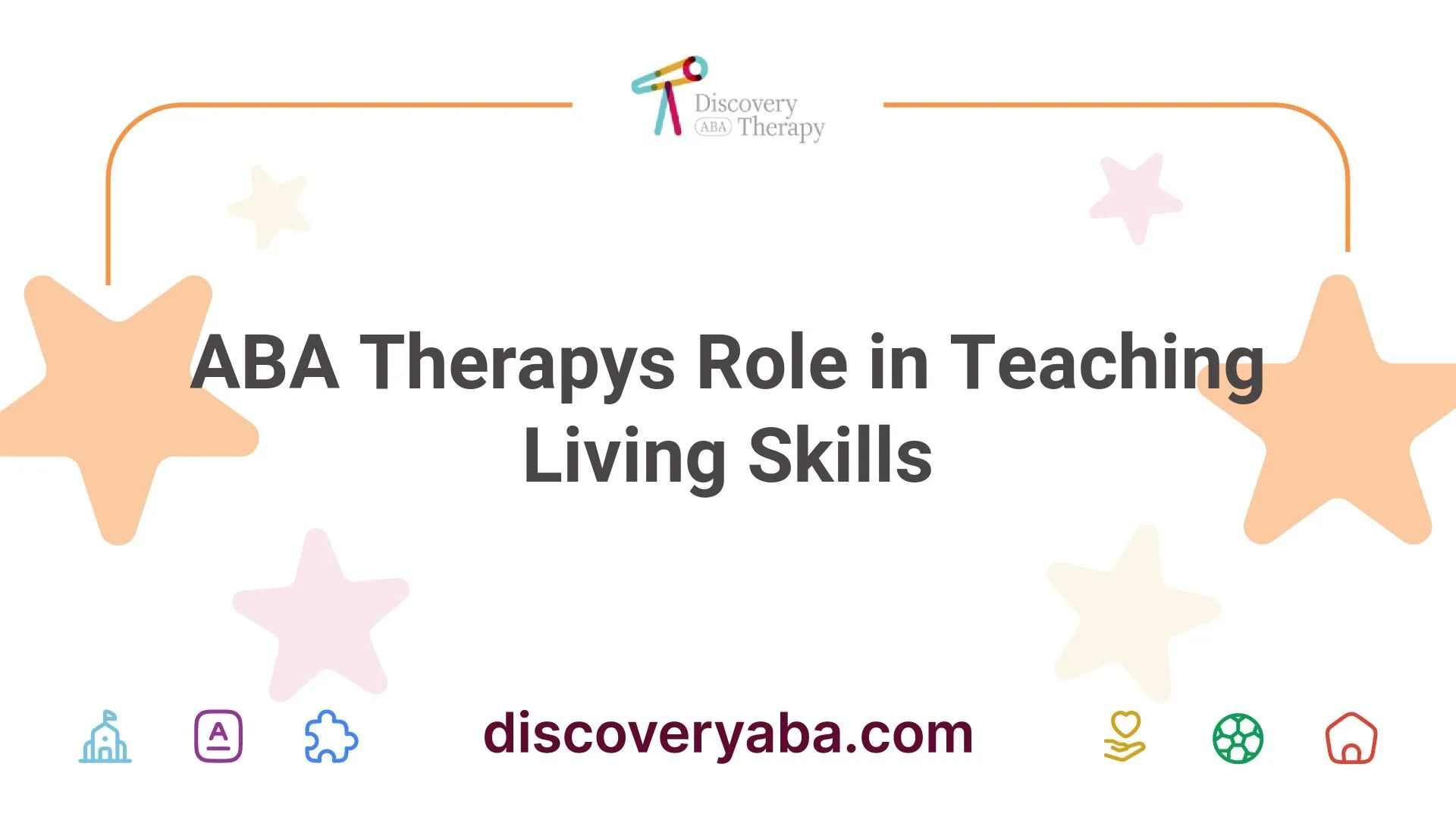
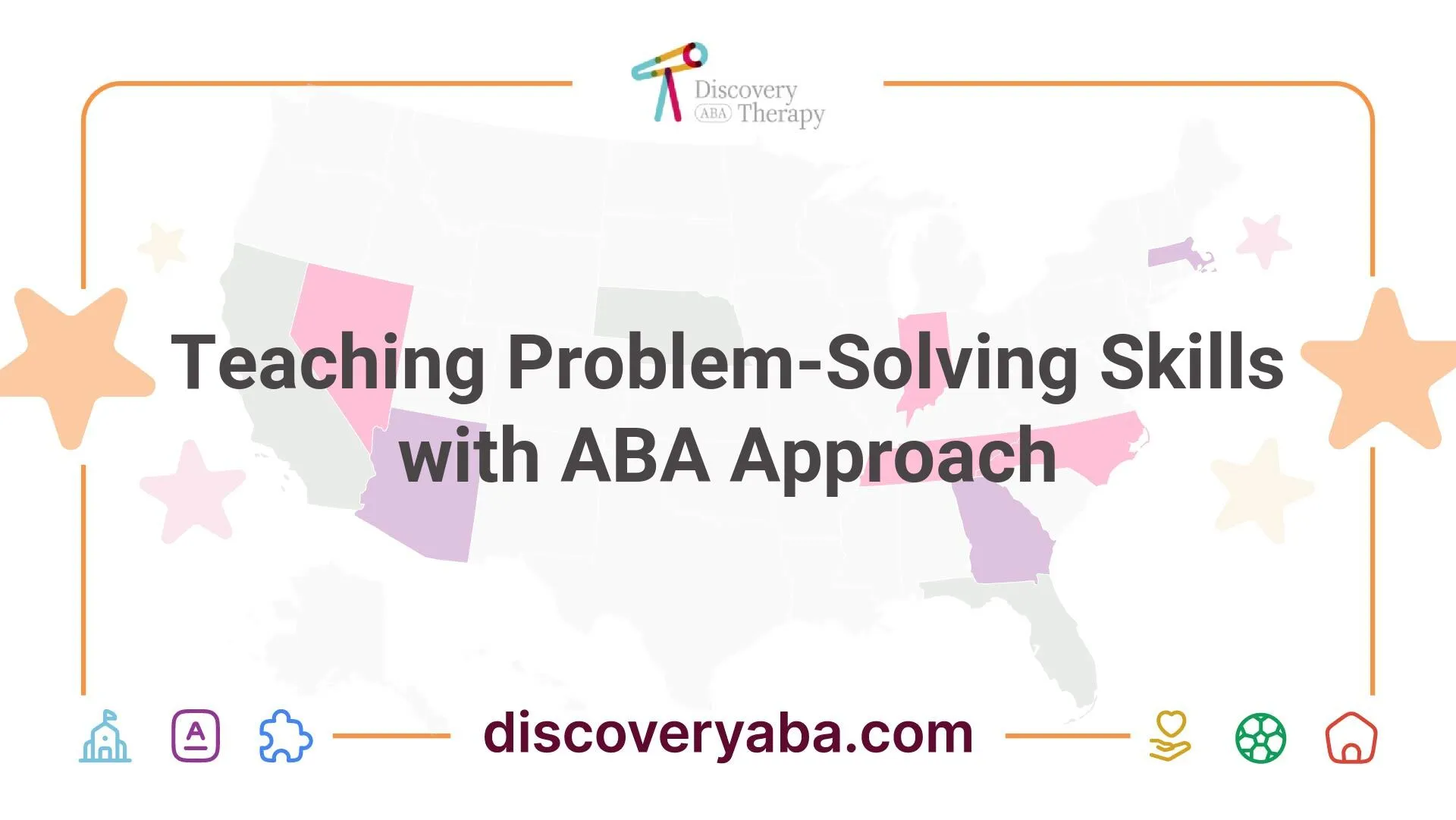





.jpeg)


























